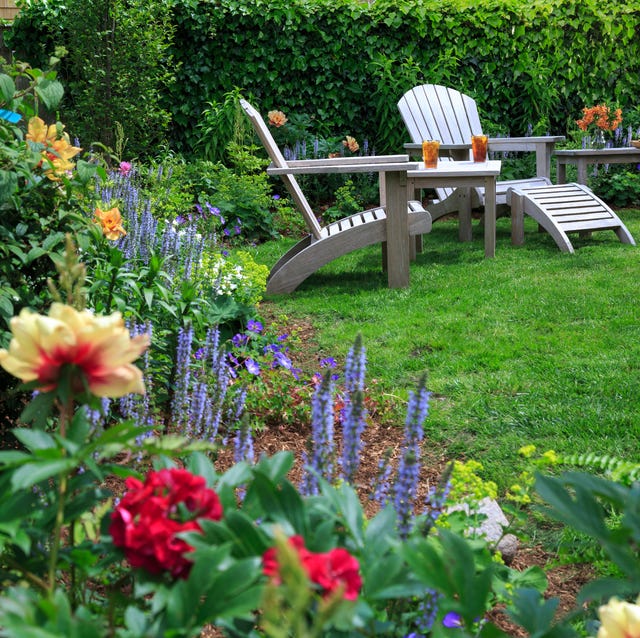25 Best Flower Bed Ideas

Jon LovetteGetty Images
Tending a garden is like painting: You start with a blank slate and layer on colors and textures. But unlike painting, no garden is ever really finished.
Like all living things, your garden needs regular tending, and will continue to evolve and change over time. Whether you’ve got a new brand new flower bed you’d like to plant or a more mature garden that could use some sprucing up, there are plenty of ways to update your garden with our flower bed ideas.
How to Start Planning a Garden Bed
The first thing to consider is what kind of light you have so you can choose the right kinds of plants. Watch your yard throughout the day and determine how much light the areas you’re planning to use get each day. Most plants are labeled as needing full sun (6 or more hours of direct sunlight every day) partial sun (about half that) or full shade (little or no direct sunlight).
This changes slightly throughout the growing season, of course. Sunny areas in spring may be shaded by deciduous trees later in the year, or may receive more sunlight as the days lengthen and the sun rises higher in the sky. Remember, too, that morning sun is more gentle while blazing afternoon sun is the most intense.
When choosing a garden plan, remember that you can — and should — think about how the space will look throughout all four seasons. One way to do that is by combining annual flowers that bloom at different times with perennials. (Here’s more about the differences between annual and perennial plants.) Adding in shrubs and small trees can take your flower bed from average to show-stopping.
Don’t forget to layer your plants, as well! Placing taller plants in back, shorter in front, will offer depth and privacy to your garden.
Advertisement – Continue Reading Below
Advertisement – Continue Reading Below
